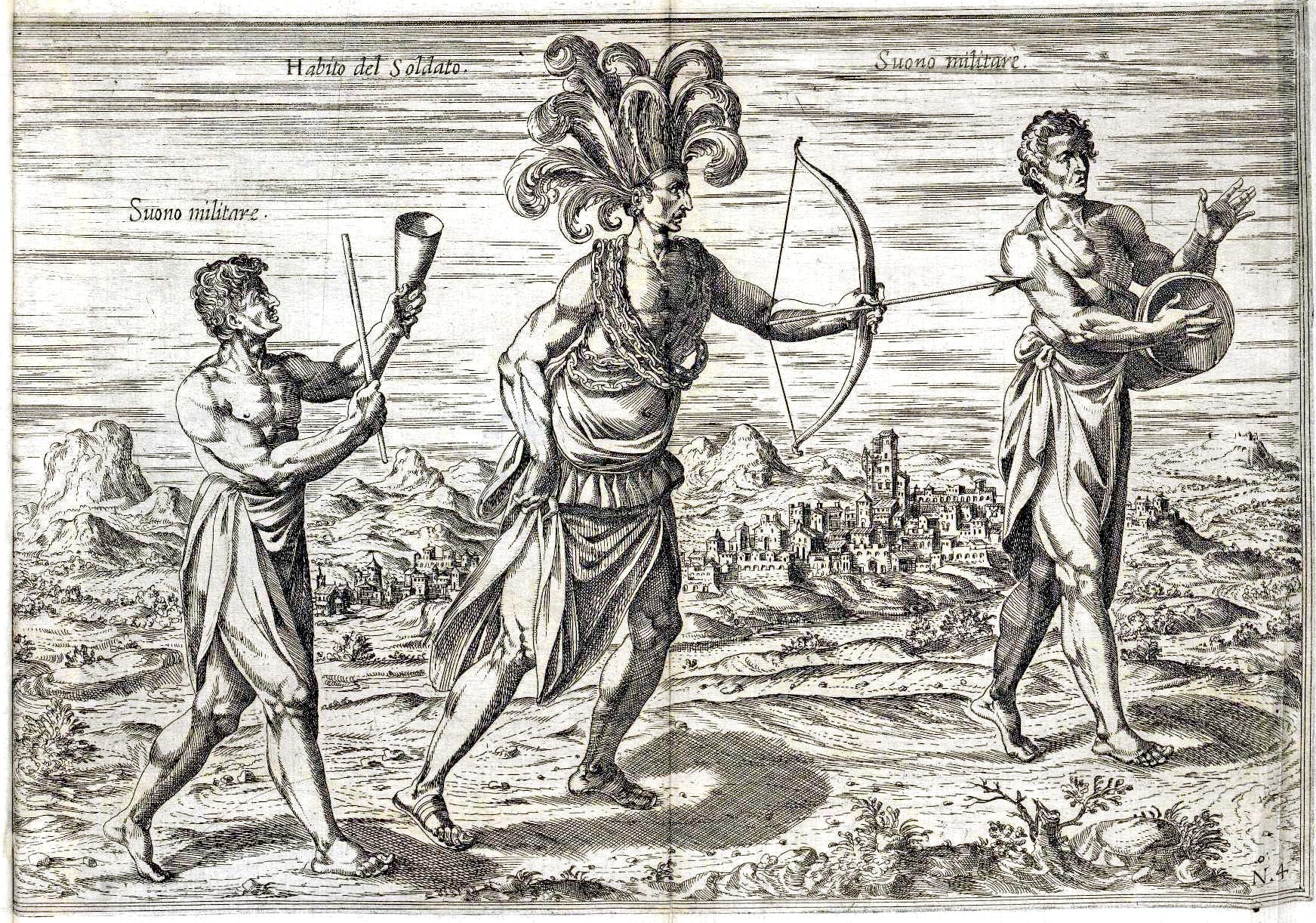Milan lay in the midst of the fertile plain of Lombardy. It was the terminus of trade routes from northern Europe and was also a textile and metalworking center.
It had played a major political role since the twelfth century when it headed the Lombard League. Milan was then a republic, run by the nobility in conjunction with a parlamento, or great council, in which all citizens of modest means could participate. This precarious balance between aristocracy and democracy was upset by outbreaks of Guelf and Ghibelline factionalism. In 1277 authority was seized by the noble Visconti family, who in 1395 finally secured recognition from the emperor as dukes of Milan.
When the direct Visconti line died out in 1447, Francesco Sforza usurped the ducal office in 1450. The most famous of the Sforza dukes was a younger son of Francesco, Ludovico II Moro (1451-1508). Ludovico made the court of Milan possibly the most brilliant in Europe by assembling a retinue of outstanding artists and intellectuals, headed by Leonardo da Vinci (1452-1519).
His craftiness could not protect him against the armies of France and Spain, which invaded Italy in the 1490s. Driven from his throne in 1500, Il Moro died in French imprisonment eight years later. The duchy of Milan came under Spanish control in 1535 and remained there for almost two hundred years.

